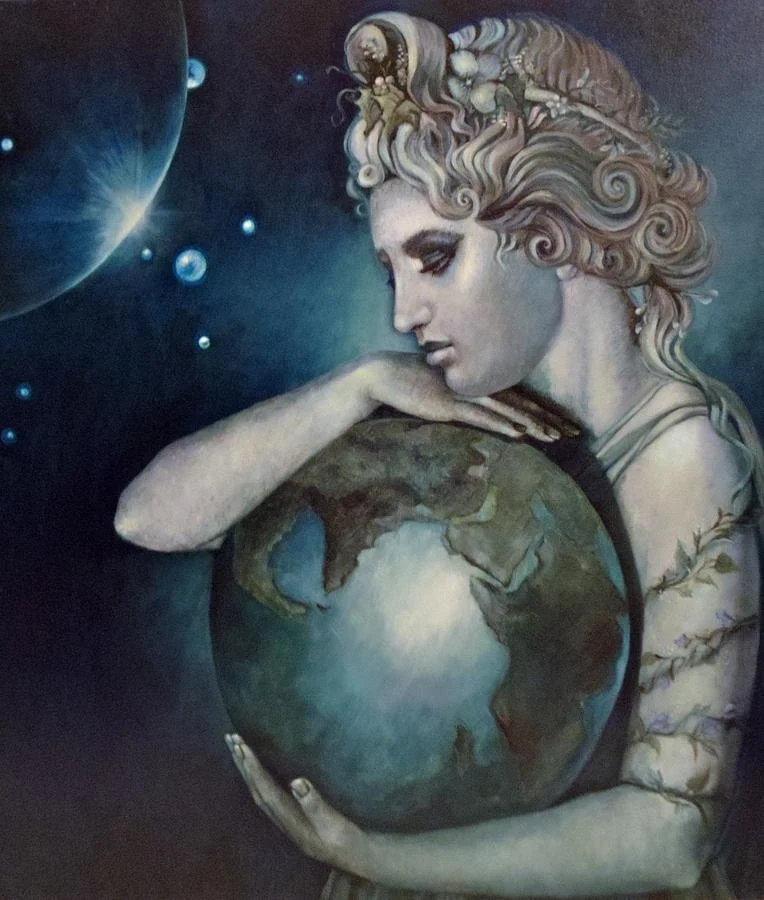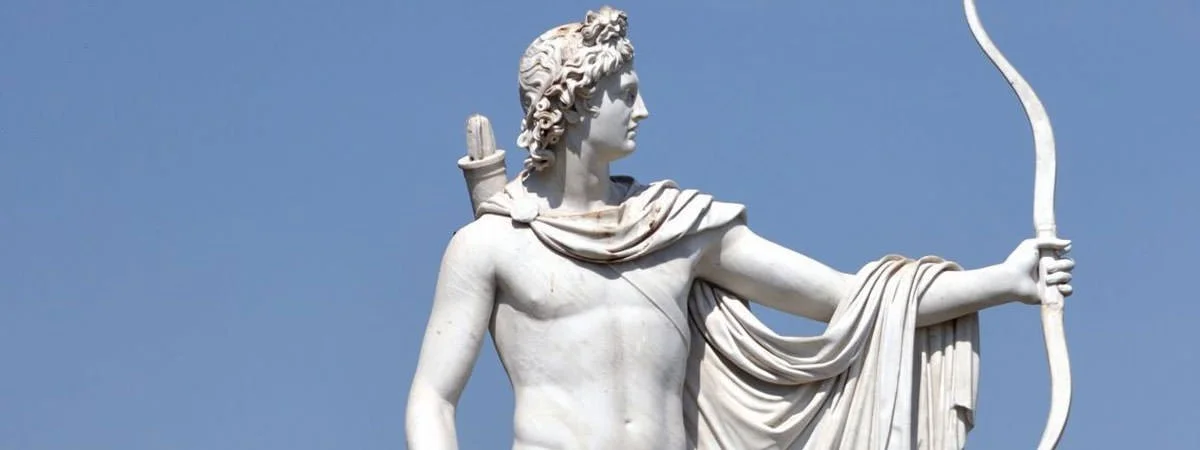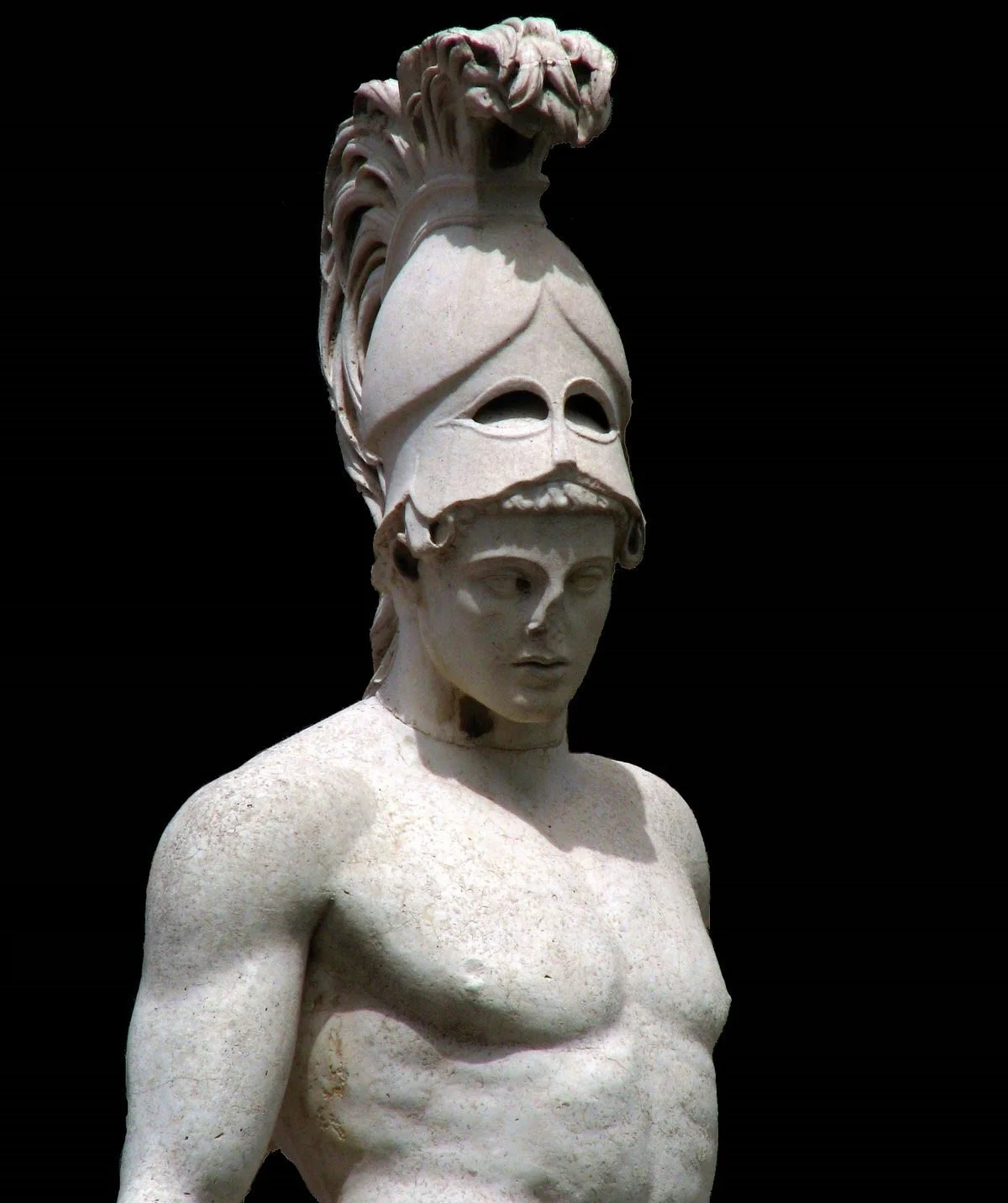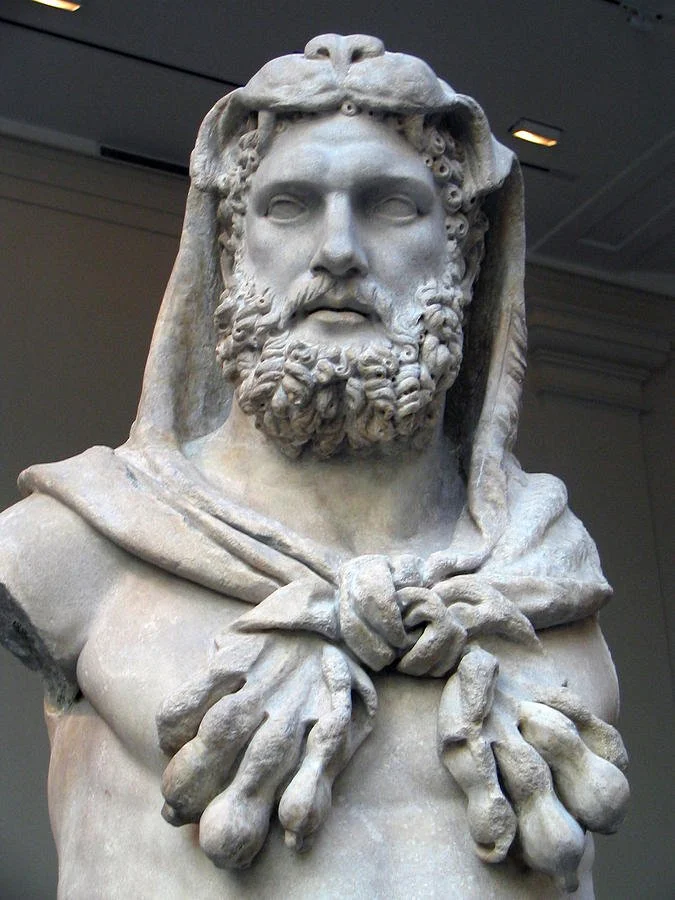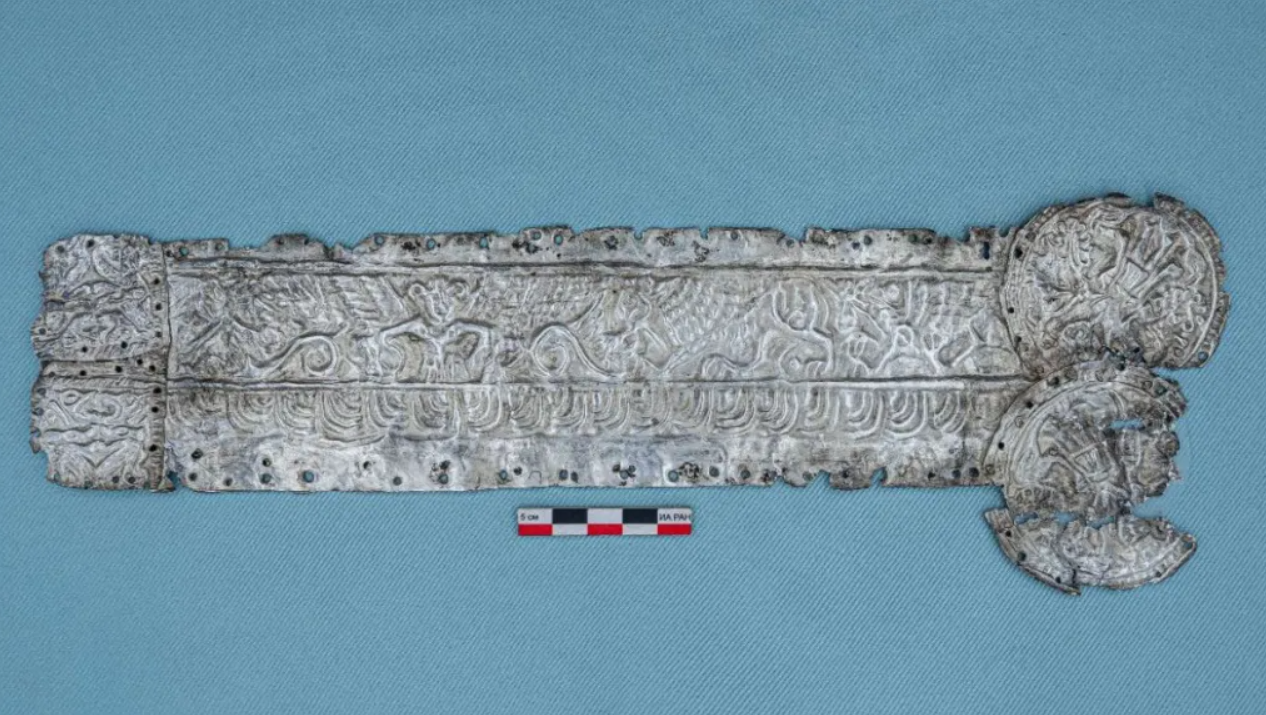
The Scythian Pantheon
The Scythian pantheon was made up of seven different gods and goddesses, separated into three different ranks based on importance. Because the Scythians lacked a written language, most of what we know of the Scythian pantheon was written by Greek and Roman historians, chiefly Herodotus, who likened the Scythian gods to their Greek equivalents. The Scythian pantheon shares the same roots as the ancient pre-Zoroastrianism polytheistic Iranian religion.
Tabiti - The Goddess of Fire & the Hearth
The head of the Scythian Pantheon, the most important of the gods, was Tabiti, the Goddess of Fire and the Hearth. Her name translates to “The Flaming One” or “The Burning One.” Herodotus stated that she was the Scythian equivalent of the Greek Goddess Hestia. Tabiti, as the head of the gods, is the sole member of the first tier of deities.
The Goddess of Fire being the head of the pantheon illustrates the Scythian religion’s Iranian polytheistic roots with fire being the basis for everything in the universe and from her were born the next two most important gods, Papaeus and Api, the Sky and Ocean.
Tabiti was rarely depicted in Scythian art and was generally represented by depictions of a hearth, which was considered the sacred center of a community and family. An oath made on the royal hearth was considered sacred and to break it was punishable by death. Tabiti, as the goddess of the hearth, which was the center of the community, was considered the protector of society.
Papaeus - The God of the Heavens
One of the two members of the second tier of gods was Papaeus, god of the heavens and husband of Api, goddess of the Earth and Water. Papaeus was equated to Zeus by Herodotus. The marriage of Papaeus and Api symbolized the union of Heaven and Earth. His name is believed to translate to “father” or “guardian” and he was considered to be one of the supreme gods.
Api - The Goddess of Earth & Water
The second and last member of the second tier of gods was Api, the Goddess of Earth & Water and wife to Papaeus. She was equated to the Primordial Greek deity Gaia by Herodotus. She was said to have given birth to the first people on the planet.
The first of the third tier of gods, not much is known about Oetosyrus, other than that Herodotus stated he was the Scythian equivalent to Apollo. Certain Scythian tribes, primarily the Massagetae, did worship a sun god who historians believe was likely Oetosyrus due to Herodotus equating him to Apollo. Based on etymological research, it is also possible that part of his name could mean ‘herd’ or ‘cow pasture’, leading to speculation that he was also a god of cattle.
Oetosyrus/Goetosyrus - Possibly the God of the Sun and Cattle
Artimpasa - The Goddess of Fertility
Artimpasa was an androgynous goddess of fertility, material abundance, and the order of priests called the Enarees, and was the Scythian equivalent of the Iranian goddess Arti according to historians, and the equivalent of Aphrodite Ourania according to Herodotus. The Enarees practiced divination and were said to all be transvestites.
The name of “The Scythian Ares” was apparently not known to Herodotus and has since been lost to time. His symbol was said to be an iron sword. According to Herodotus, in the center of districts in Scythia, brushwood altars were set up in honor of this god, where an iron sword personifying him was placed atop and domestic animals and every hundredth prisoner was sacrificed to him.
“The Scythian Ares” - The God of War
“The Scythian Herakles”
Similarly to the “Scythian Ares,” the Scythian name for this god is not known and was simply called the “Scythian Herakles” by Herodotus. It is possible, or likely, that “The Scythian Herakles” was meant to be the mythological figure Targitaus, the first King and forefather of Scythia, and the son of the god Papaeus.
Raevskii, D. S. "Scythian Religion." In Encyclopedia of Religion, 2nd ed., edited by Lindsay Jones, 8205-8208. Vol. 12. Detroit, MI: Macmillan Reference USA, 2005. Gale In Context: U.S. History (accessed August 9, 2022). https://link.gale.com/apps/doc/CX3424502783/UHIC?u=oregon_oweb&sid=bookmark-UHIC&xid=d559ec3d.


